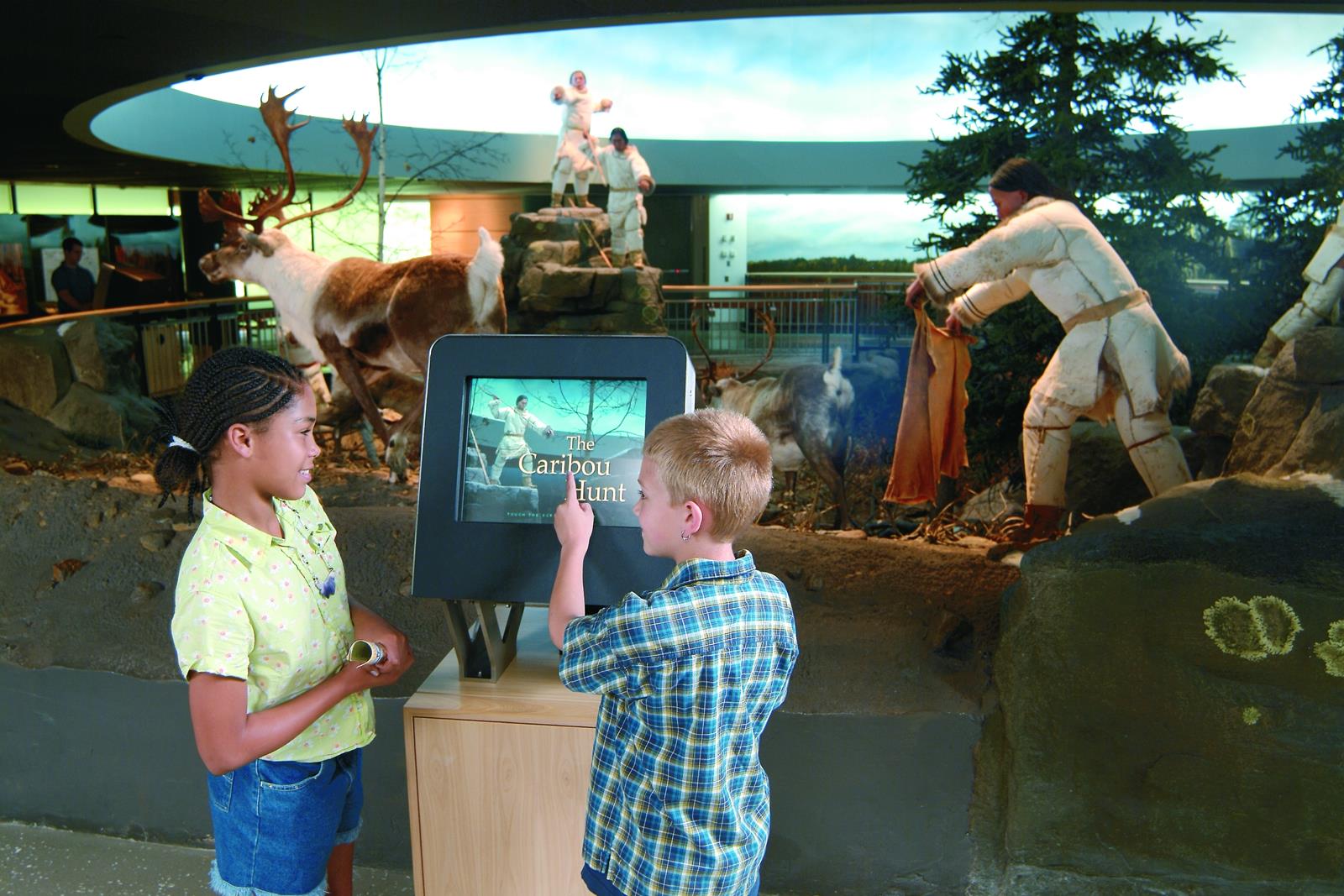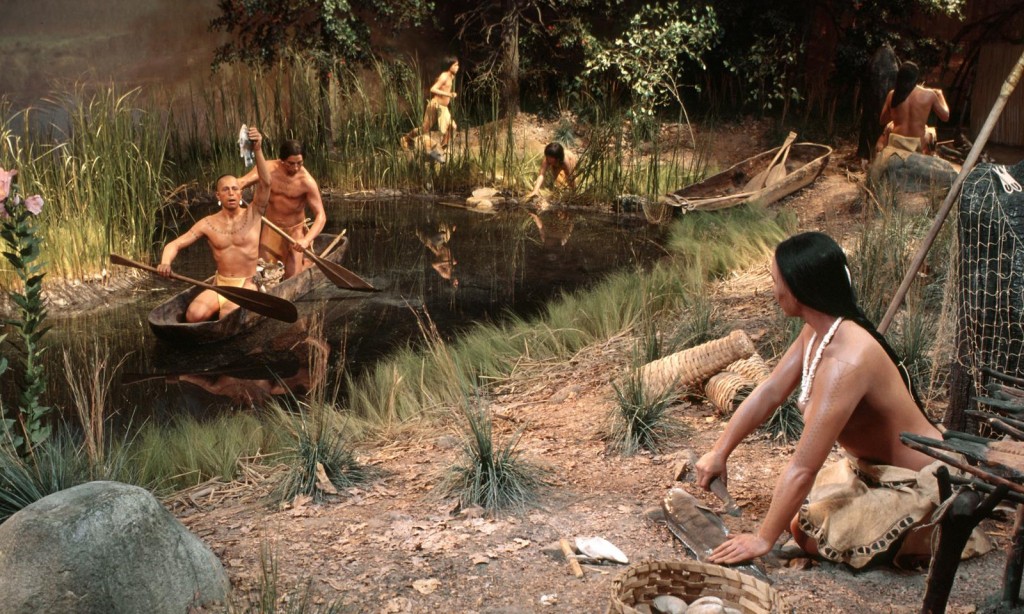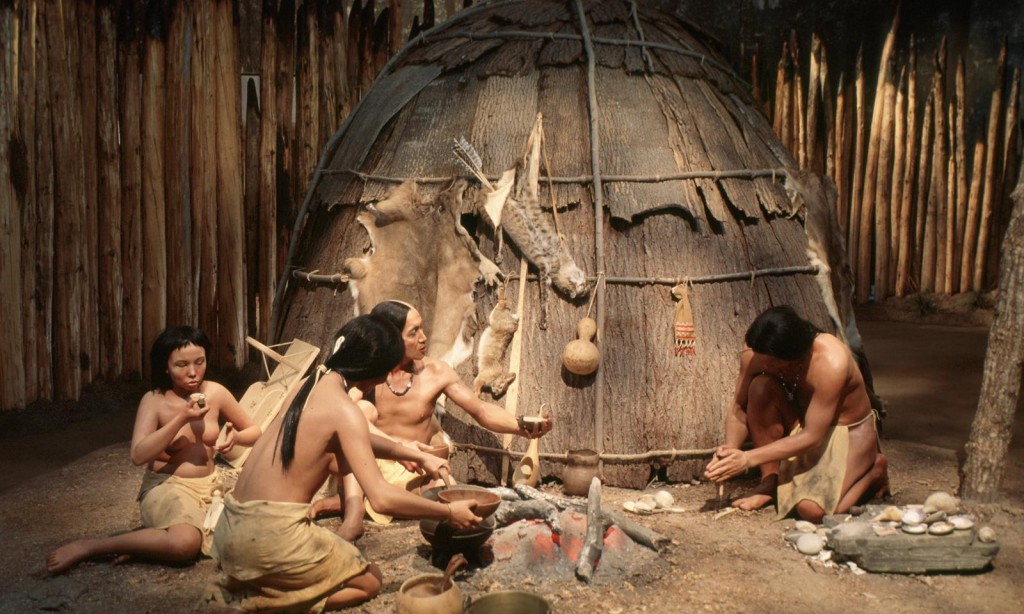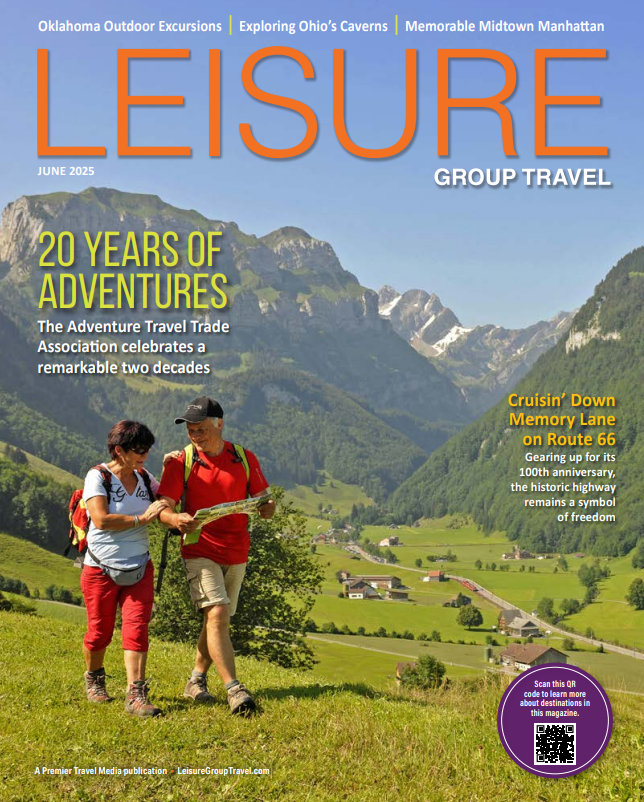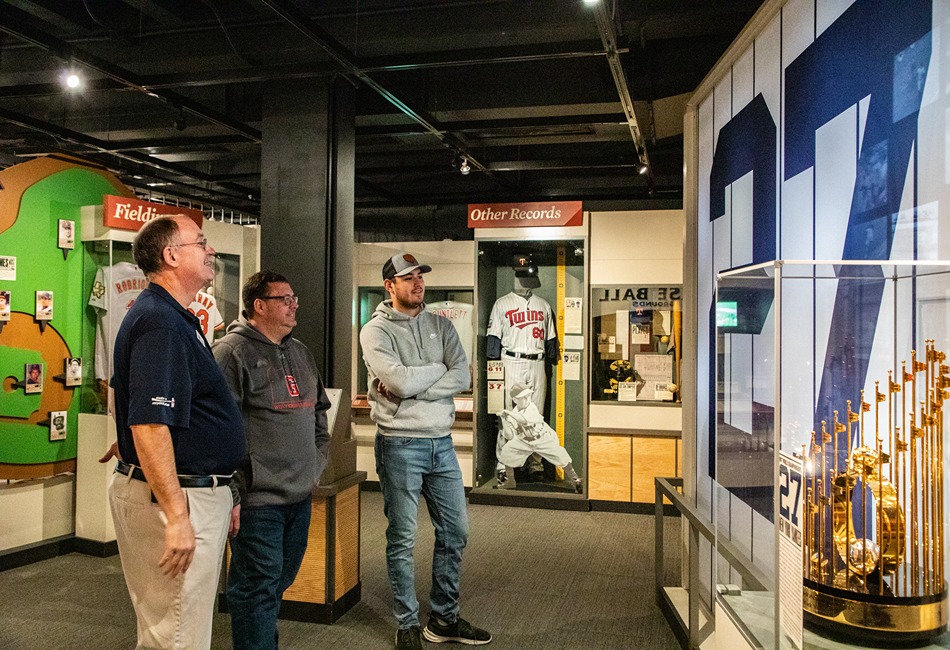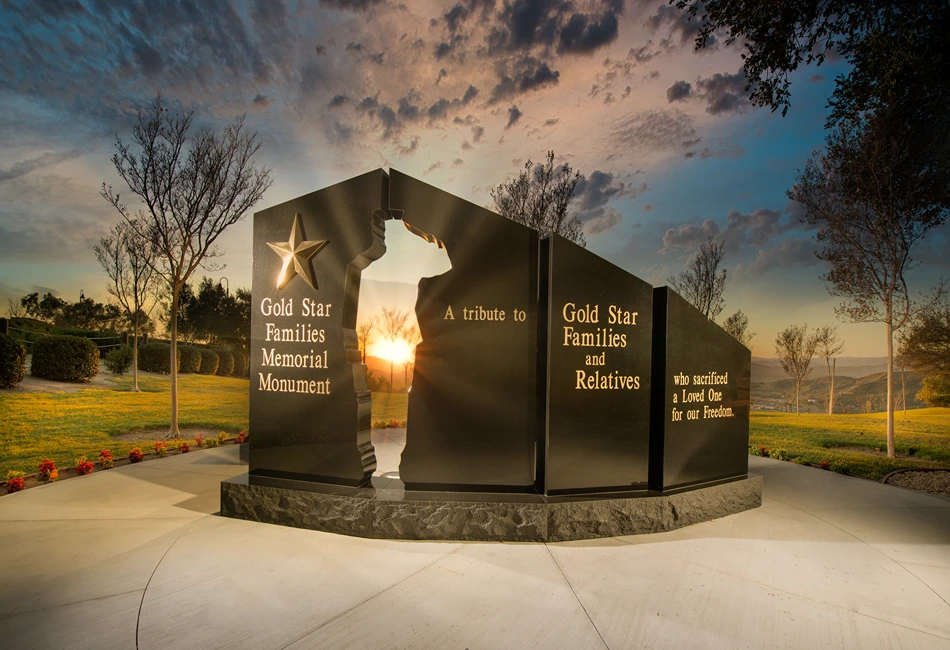A visit to the Mashantucket Pequot Museum is like stepping into a virtual time machine: the experience is immersive and unforgettable
When planning a group trip, too many focus entirely on the enjoyment factor, missing the opportunities to turn the trip into something deeper. Every trip is an opportunity to experience something new and learn things you didn’t know before – an opportunity to expand the world you live in. When many of us think of the Native American tribes in this country, we think of casinos and reservations, and perhaps a nugget or two from our high school history classes. But each of these tribes has a rich history, culture and worldview that is often incredibly complex and deeply interesting.
The Mashantucket Pequot Museum in Mashantucket, Connecticut offers a museum experience like none other. The Mashantucket Pequot Tribe has created a state-of-the-art immersive and interactive experience that goes far beyond static displays of information. The experience has been designed to pull the visitor in and offer a three-dimensional route through the 20,000 years of natural history and the history of Eastern Woodlands peoples, with a particular focus on the Pequots. Visitors tour exhibits ranging from the Ice Age to the modern day. If you’re seeking a way to combine fun with the thrill of discovery in your next group trip, look no further.
The Mashantucket Pequot Museum is Smithsonian-affiliated and is the world’s largest Native American museum.
Permanent Exhibits
Visits begin with a descent into a replica of an ancient Ice Age glacial crevasse, complete with dripping water, howling winds and the eerie sounds of cracking and settling ice. At the bottom of the crevasse, visitors learn how the glacier shaped the land before the arrival of the great land mammals.
Next is a combination of artworks by Native American artists depicting creation myths from various North American tribes, complemented by multimedia theater presentations showing tribal storytellers relating their own origin myths as passed down through generations.
Interactive stations, walk-through dioramas and a half-acre indoor recreation of a traditional Pequot village where visitors can explore many aspects of 16th century Pequot life, complete the image of Native American life in Connecticut prior to the arrival of Europeans. Displays then take the visitor through the rest of the Mashantucket Pequot history, through wars with European settlers, the reservation system and into the modern day.
Other Features of the Mashantucket Pequot Museum
Groups can experience contemporary Native American culture at the Pequot Museum as well as history: singing, drumming, powwows, visual art and fine craft, performing art and more. Take an elevator to the top of the 18-story Observation Tower to take in panoramic views of the surrounding countryside, and the cafeteria on-site is an absolute must, as its menu features Native American flavors and ingredients.
There are also numerous hiking trails that take visitors through the traditional lands of the Mashantucket Pequot tribe, with beautiful natural scenes and ancient remnants of tribal settlements and other structures. A replica of a late 18th century Pequot farmstead is located on the museum grounds, offering self-guided tours. This chance to see how the tribe lived before the modern age while enjoying the landscape is a museum highlight.
Group Visits to the Mashantucket Pequot Museum
The Mashantucket Pequot Museum is ideally suited for group visits and welcomes them. Groups of 10 or more are eligible for special group rate discounts, although payment must be in “lump sum” form and not individual payments.
The museum offers both self-guided and professionally-guided tours, as well as fee-based access to many of the experts on staff and other museum partners, including archeologists, historians and Native artists. There is ample free parking (including bus parking) and free admission for drivers or tour escorts.
Refreshments & Gifts
The Pequot Cafe serves snacks and lunch during museum operating hours, with a changing menu that features dishes inspired by traditional Native American cooking. For groups, advanced lunch orders can be made. Banquet facilities are also available.
The Museum Store offers books, Native American artworks and mementos of the group’s visit, and anyone wishing to become a member of the museum receives a 10% discount on all purchases.
The Mashantucket Pequot Museum is an ideal way to combine an exciting trip into the beautiful countryside with an informative and educational journey into history. With remarkable interactive exhibits, lively cultural programs and gorgeous hiking trails, it’s sure to be a popular trip your group will want to repeat.
Get started by contacting their reservations specialists by phone or email, and don’t forget to inquire about setting up lunch in advance to avoid delays and lines: www.pequotmuseum.org/visit/group-programs/.
Looking for even more travel inspiration and itinerary planning advice? Be sure to subscribe for FREE to Leisure Group Travel.

